|
What brought you to yoga? I studied theater in college and initially had a hard time getting out of my head while on stage. A professor suggested modern dance, which was a wonderful experience and taught me to be more present in my body. When I was much younger, I’d suffered an unresolved fracture on my toe, which had kept getting worse and worse, leading to a lot of imbalance in my body. Finally, my podiatrist told me I’d need to get surgery on my foot and take a break from dancing. Separately, I’d been curious about yoga for a while. It seemed like a great way to get in touch with your body, while also developing control over your movements, which is very important for a performer. So in my final quarter, a friend recommended I try out the yoga class the dance department ran. I joined and loved how I felt afterward - especially mentally and emotionally. What is your approach to teaching? I feel strongly that yoga is both a science and an art. There are many ways to bake a cake - some of them work and some of them don’t. So I want my students to know that the way I'm guiding class is only one way to explore things. In yoga, there's an approach for anyone. I also think that yoga is a powerful and holistic system. That's why over 300 million people dedicate time to these practices that are now thousands of years old - it works! Sometimes we are a little naive about how potent specific practices are and without the proper foundation, can expose ourselves to more harm than good. It is important to learn from teachers who understand why and how to teach what they are intending. Yoga has been transmitted over many generations from the source, through the teacher and to the student. As teachers, we should always be students of wisdom. We should understand the traditions of yoga, which stretch back centuries, so as not to disconnect this gift from its roots. Why did you choose to teach at 5KY? When I met my guru, Sonia, I was actually very skeptical about the spiritual aspects of yoga, especially chanting mantras. My head and my heart were in two completely different places! On the very last day of my first program with her (after only six days), I started crying during my morning yoga class and couldn’t stop. The floodgates opened in front of everyone during what I felt should have been a relaxing and enjoyable time. Ashamed, I skipped breakfast and took a nap, hiding from the rest of the ashram. After I woke, I felt as if an enormous weight had been lifted from me. I didn’t realize it at the time, but looking back, I know it’s because the kind of classes Sonia teaches go much further than just dissolving physical tension. They dissolve spiritual tension as well. I knew that if Sonia could help me transform that much in six days, I could go very far studying with her for six years. I had never experienced a class like hers before. And that was the kind of class I wanted to lead. I immersed myself completely in her method, Yoga for All Abilities. For several years it was just me, working one-to-one with my kids and young adults. Although teaching the YAA method is to this day the best part of my job, it can be lonely as a solitary teacher. For five years, I worked solo and dreamed of helping to rejuvenate the YAA community here so I would have a thriving community to practice within. When I met Rita, my yoga sister, I finally felt the pieces of the puzzle come together. I absolutely cherish our wonderful sangha, built around the beloved soul who sparked YAA, Roberta Sumar (Sonia’s younger daughter). What makes your soul sing? My beautiful, hilarious, curious son My adoring and adorable husband Any time spent in nature You can find Erin at 5KY teaching Advanced Yoga on Saturdays at 9:30 AM. Erin also hosts free silent meditation on Saturdays after her yoga class.
0 Comments
 Photo by Arun Antony on Unsplash Liberation must come from within. - Sandra Cisernos This blog post is part of our Yoga Sutras series. Want to start at the beginning? Yoga Sutra 2.15 परिणामतापसंस्कारदुःखैर्गुणवृत्तिविरोधाच्च दुःखमेव सर्वं विवेकिनः pariṇāmatāpasaṃskāraduḥkhairguṇavṛttivirodhācca duḥkhameva sarvaṃ vivekinaḥ The discriminating realize that all actions ultimately result in pain. Again, this first part of Book Two of The Yoga Sutras is ostensibly quite dark as Patanjali outlines the things that cause humans suffering. Ultimately, it is uplifting as it lights the pathway for us out of the mire of our mind.
It reminds me of a comparison Swami Satchidananda made in one of his lectures about two proverbs he had learned growing up in Tamil Nadu. One said “oh lord, life is very hard” and the other, “oh lord, life is very easy.” What this means is, it’s all due to your perspective. All of us gain and lose, flow and struggle, are ill and heal, were born and will die. Pain is life but suffering is a choice. What brought you to your yoga practice?
I had a couple of back surgeries and was in the middle of really trying to get into shape in order to avoid a third one. This was a very long process, probably 8 years changing my diet to lose weight, a ton of physical therapy, and just really changing from a sedentary lifestyle to a more active one. I had been doing dance classes in order to meet my goals for a few months, but I was running into issues with balance, flexibility, and pain levels. Yoga was very much the next step to see what I could get out of my body. What benefits did you notice once you started practicing consistently? Yoga has helped me out immensely with managing pain. The stretching involved gave my back some extra room and really has been key into getting more pain free days. What I wasn't expecting was how much it'd help me learn to listen to my body and through that it helped me avoid further injuries. By predicting yoga I've learned what feelings in my muscles and joints are actually my body saying "stop now or you're going to really regret it for a few days." Beyond that, the balance practice baked into some of the classes has really helped my poise and has helped me avoid more than a few sprained ankles in my other athletic pursuits. What would you tell the person you were before you started practicing yoga? I'm naturally a competitive person and I used to compare my ability to the teachers and the other students, and that was really pointless for yoga. I'd tell myself that for yoga, it seems most useful to compare your current self with your past self. I think it's important for me to measure my work by my own progress instead of the gap between what I can do and others can do easier. For example, 6 years ago I started doing the pigeon pose as part of my physical therapy. Back then I had to wrap a towel around my thigh because my leg did not bend far enough for my hands to reach. Daily work meant 4 years ago I was able to grab the back of my thigh. Right around the time I joined Five Keys I started to barely be able to reach further for my shins. Now the shin grab in pigeon is doable most days with a warm up. I feel more a sense of accomplishment for this progress than any comparison with others. So in short, in yoga I think it's best to just pay most attention to where you are and where your body is, not where everyone else is. What brought you to yoga? A few years back, when I first moved to a new city, I stumbled upon a hot yoga class. Even though I was a bit nervous at first and felt like escaping from the room, I pushed myself to give it a shot. Over time, it helped me build a healthier body brought balance to my mind and a sense of belonging. What is your approach to teaching? My teaching approach centers around meeting individuals on their unique journeys in their practice, creating a space for everyone. I am passionate about crafting a flow with different options that encourage people to attune to their bodies, fostering self-trust. Together, we embrace challenges, ensuring that everyone leaves the class feeling more empowered than when they entered. This approach leads to a practice harmonizing the body, mind, and soul. Why did you choose to teach at 5KY? Their belief that yoga is for everyone really resonates with me. There was a time when I felt lost, navigating life in a foreign land, and later stepping into the role of a first-time mother. Yoga became an unending source of support and strength for me. I hope that everyone who needs it can feel this power too. What makes your soul sing? Food and coffee! Chicago's diverse international cuisines and countless coffee shops are something I'm truly grateful for. 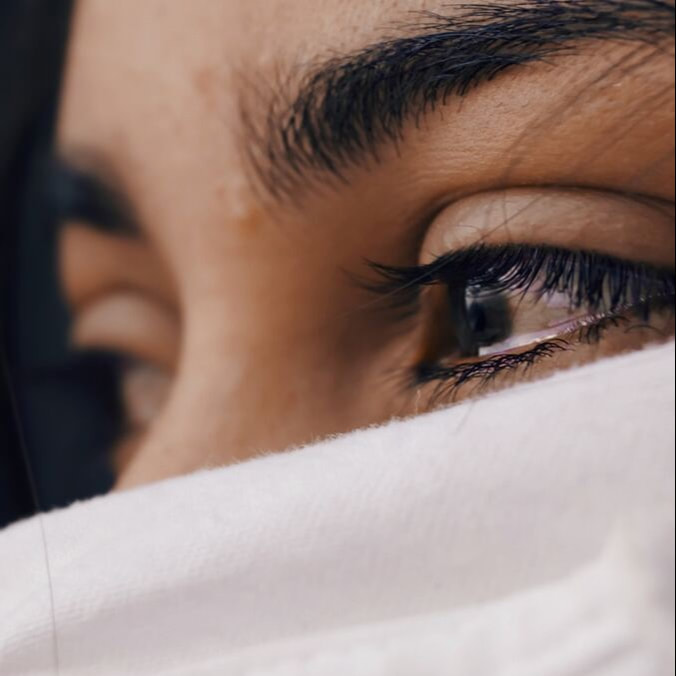 Photo by Louis Galvez on Unsplash The human body has limitations. The human spirit is boundless. - Dean Karnazes This blog post is part of our Yoga Sutras series. Want to start at the beginning? Yoga Sutra 2.3 अविद्यास्मितारागद्वेषाभिनिवेशाः क्लेशाः avidyāsmitārāgadveṣābhiniveśāḥ kleśāḥ There are five causes of suffering: ignorance, egoism, attachment, aversion and fear of death In book two, Patanjali dives into the practical steps of yoga headfirst.
The first sutra in this pada (or chapter) tells us that there are three practices that constitute what BKS Iyengar defines as the “yoga of action” or kriya yoga. Yoga Sutra 2.1 says that kriya yoga is composed of discipline, self-study and surrender. Practicing kriya yoga will diminish “mental turmoil” (Shoshoni, 18) and bring one closer to enlightenment, according to Yoga Sutra 2.2. The third sutra in this pada might seem kind of heavy. 2.3 lists the five causes of suffering (kleshas) and Patanjali goes into depth about each one from 2.5 - 2.9. Yoga Sutra 2.4 tells us that the first klesha, ignorance, is the “fertile soil” (Stiles, 17) for the others. All other suffering and turmoil originates from a “lack of true knowledge.” (Iyengar, 112) We have just a few spots left in our 8-Week Intro to Yoga Series starting this weekend.
You’ll learn why and how yoga works as you develop your own personal practice that’s unique to you & your needs. After the series is over, you will understand how to practice and modify basic yoga poses (asana), develop better control over your breathing with specific techniques (pranayama), and learn how traditional yogic philosophy impacts our body and mind from a scientific but heart-centered approach. Whether you’re a total beginner, you’re returning to your practice after some time off, or just want to learn more about the broader practice of yoga, this class will help you along your journey. Join us in deepening your yoga practice. 5KY All-Access Members get 20% off! Meet Rhonda, our very first student of the month! Rhonda found 5KY at our Gallagher Way summer classes in 2023 and has been coming ever since. She's been practicing yoga since 2007. Q & A with Rhonda Q: What brought you to your yoga practice?
A: I was always intrigued by yoga and wanted to practice but didn’t know where or how to start. There weren’t any studios in my neighborhood and health clubs were in the early days of offering it. When the women’s employee resource group at my former job offered a class, I jumped on the opportunity! Since then, I’ve practiced Forest, restorative, Hatha, Yin, Ashtanga, vinyasa flow and more. I got certified to teach. I met my master teacher, ironically at a health club class when I took her Ashtanga yoga class. I started exploring the mind and spirit side of yoga. I joined her workshops and yoga retreats. I was intimidated at first because I thought my asana practice wouldn’t measure up to the other yogis. I learned very quickly I was wrong. Yoga is about collective energy. Everyone’s path is different. That’s okay. Today, I mostly practice Hatha yoga and study the path of Jnana yoga. I’ve read a few translations of the Bhagavad Gita. I’m still trying to wrap my head around it! Q: What benefits did you notice once you started practicing consistently? A: I noticed my body felt stronger, my breathing improved and my mind felt calmer. My body tingled all over after class, and still does today! Q: What would you tell the person you were before you started practicing yoga? A: Girl, This yoga stuff is AMAZING! Why did you wait so long to start practicing!? 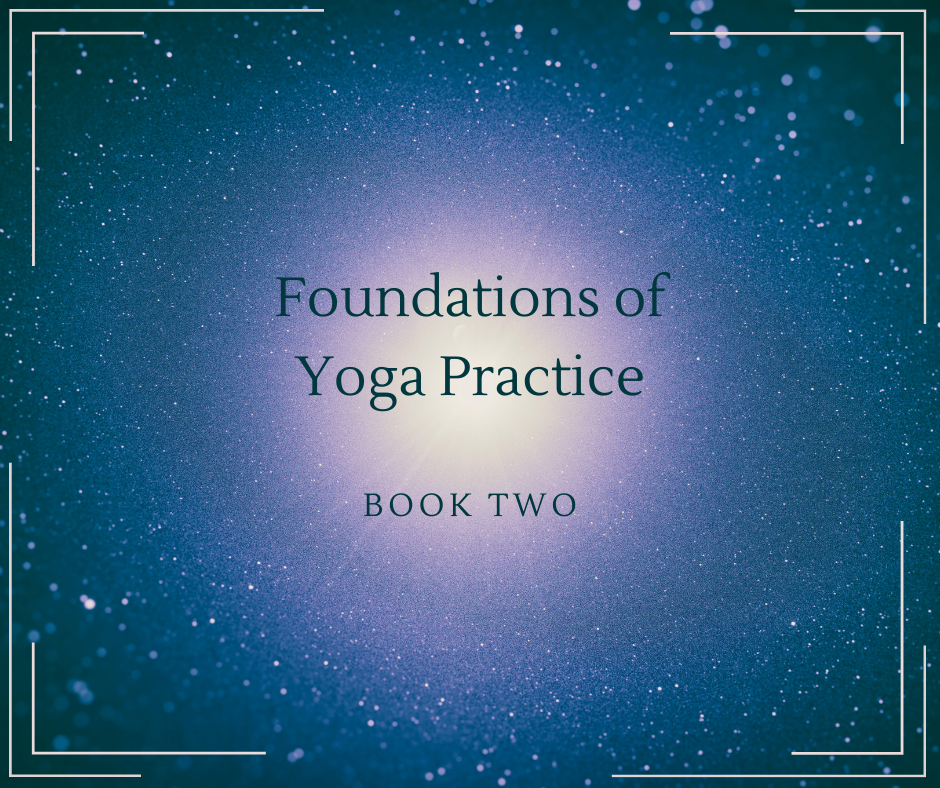 Photo by Rodion Kutsaiev on Unsplash The raja yogi seeks nothing less than a complete transformation of Self into a body of light. - Makunda Stiles This blog post is part of our Yoga Sutras series. Want to start at the beginning? The Yoga Sutras of Patanjali: Book Two Sadhana Pada How to Practice Yoga Happy New Year to you! I am delighted to move our Yoga Sutra studies into a brand new book (or chapter) for the new year. In 2024, we’ll be studying book two of The Yoga Sutras of Patanjali.
This book is perhaps the most practical chapter of Patanjali’s Yoga Sutras, in that it is especially suited toward the beginner who wants to know what to do to attain the goals outlined in Book One (Shoshoni, 2). Appropriately, this book is called “Sadhana Pada”, which means chapter on practices. What brought you to yoga? My mom has been doing yoga since before I was born so it’s always been a part of my life. My mom always jokes that yoga was my first babysitter because she would sit me in front of yoga for kids tapes when I was little! What is your approach to teaching? I try to create classes that allow people to connect with their bodies and breath while exploring new ways of moving their bodies. Why did you choose to teach at 5KY? I chose to teach at 5KY because I love the sense of community at the studio! Everyone is so kind and all the instructors have such an open and inviting energy. What makes your soul sing? Spending time with people I love, chocolate, and good food :) RESTORATIVE YOGA & GUIDED JOURNALING December 31st 3:00 - 5:00 PM Spend the afternoon of New Years Eve with Rita and Erin, for our 6th annual NYE Reflect & Restore.
This two-hour workshop is for anyone ready to intentionally reflect on their values and how they’d like to spend their time and energy in the upcoming year. In between delicious restorative yoga poses, you'll be guided through prompts to journal about 2023 and 2024 mindfully, leaving with more clarity of your path forward. You will be enveloped by the quiet confines of our sanctuary within the city, as all senses are uplifted through the caring guidance of your facilitators. This space will allow you to distance yourself from your daily-life distractions and do your own deep, inner work, allowing you to flourish at your most vibrant in the new year! There is a reason this popular event has not only sold out almost every year, but has multi-year repeat attendees. Join us on the 31st to end this year and begin the next in the best frame of mind possible! All-access members get 30% off. Discount automatically applied at checkout. Once booked, tickets are non-refundable. |
Archives
July 2024
About
Just some thoughts about yoga as I go... Categories
All
|
FIVE KEYS YOGA
|
WHAT OUR CLIENTS SAYFive Keys is fantastic! The studio is lovely and soothing, and the teachers are very caring and attentive. |
I've ... probably been to 25 different yoga studios. This is one of the most welcoming, calming spaces with very talented instructors. |
I love this yoga studio. It's a great balance of a good workout and relaxation and feels like a real community. |
An ideal studio for someone new to yoga. |
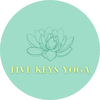
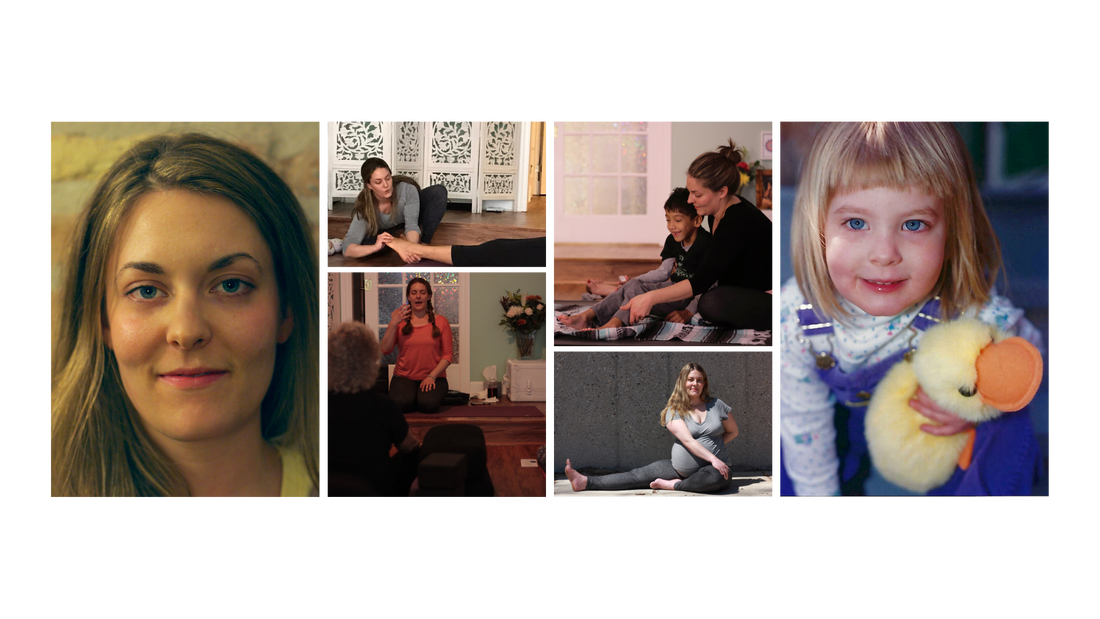
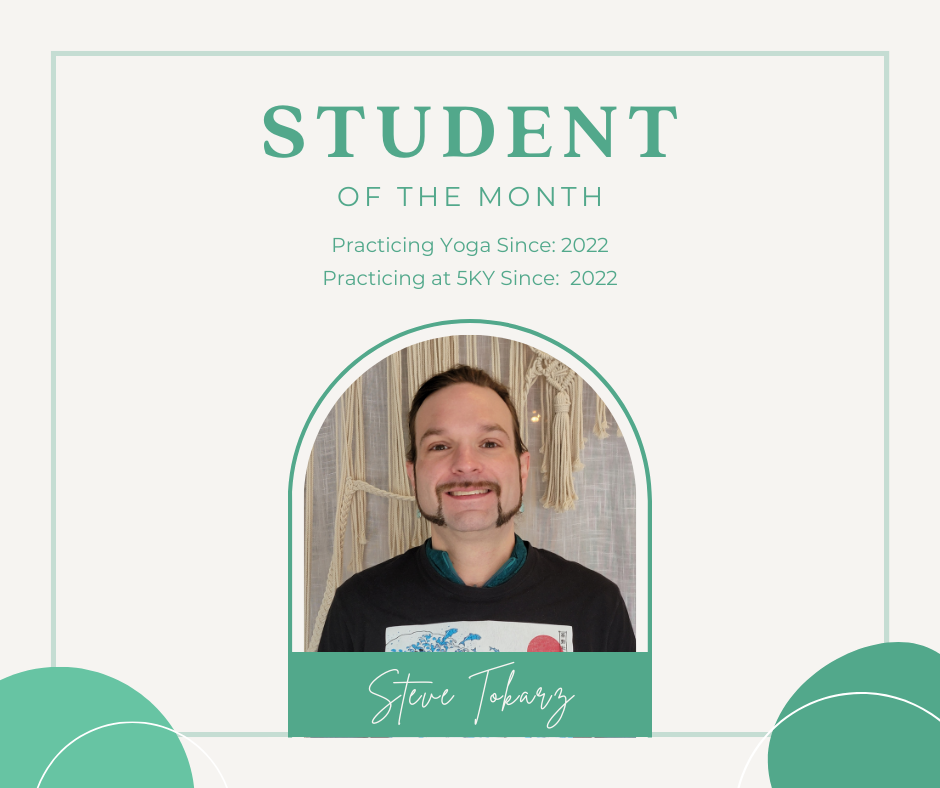
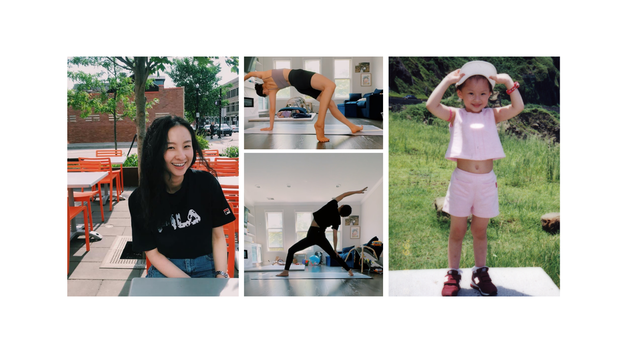
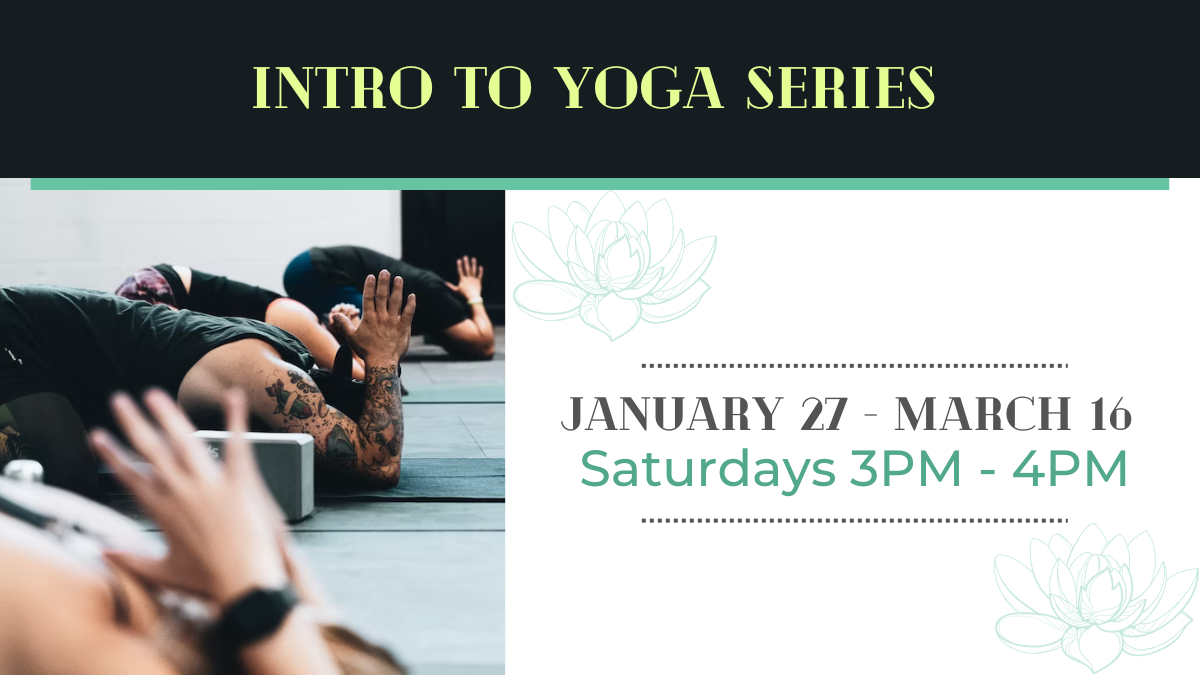
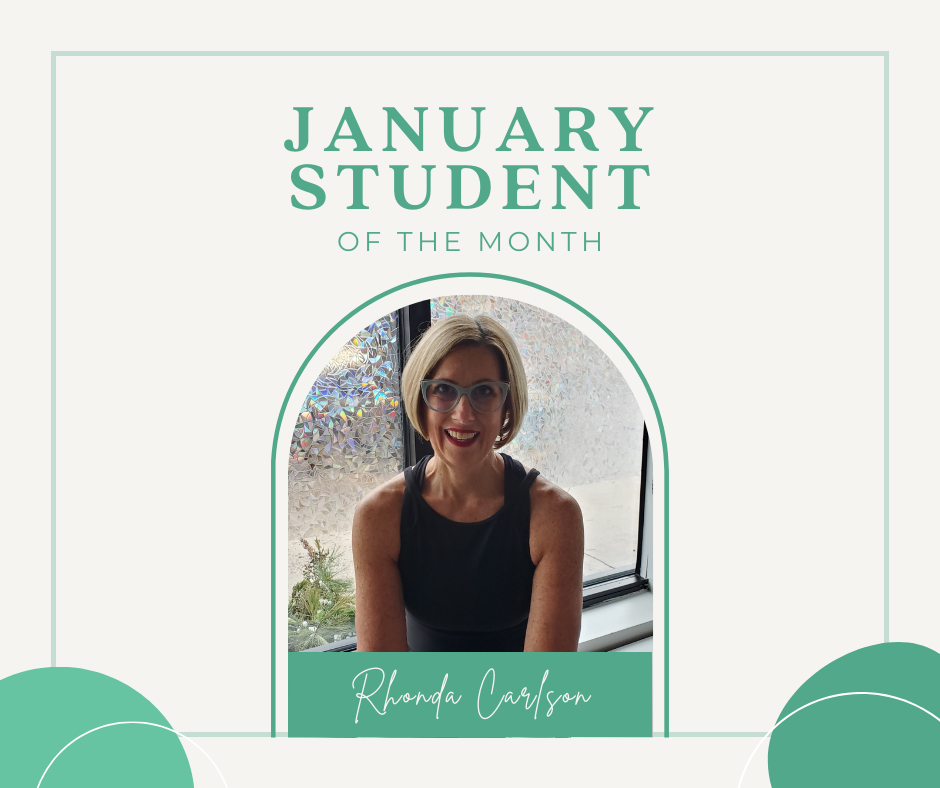
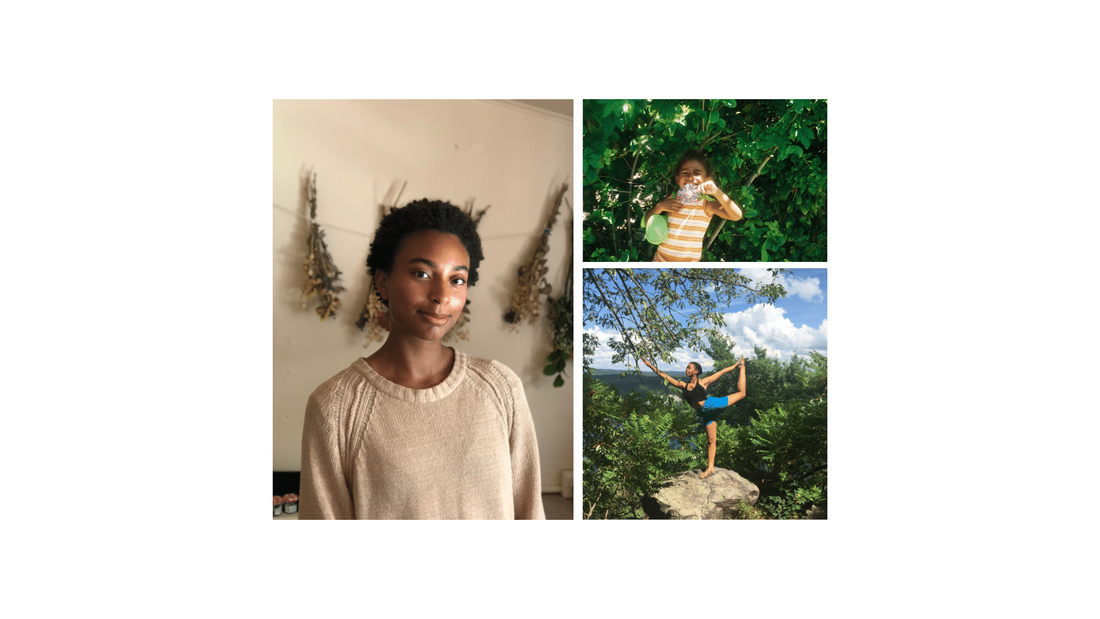

 RSS Feed
RSS Feed
